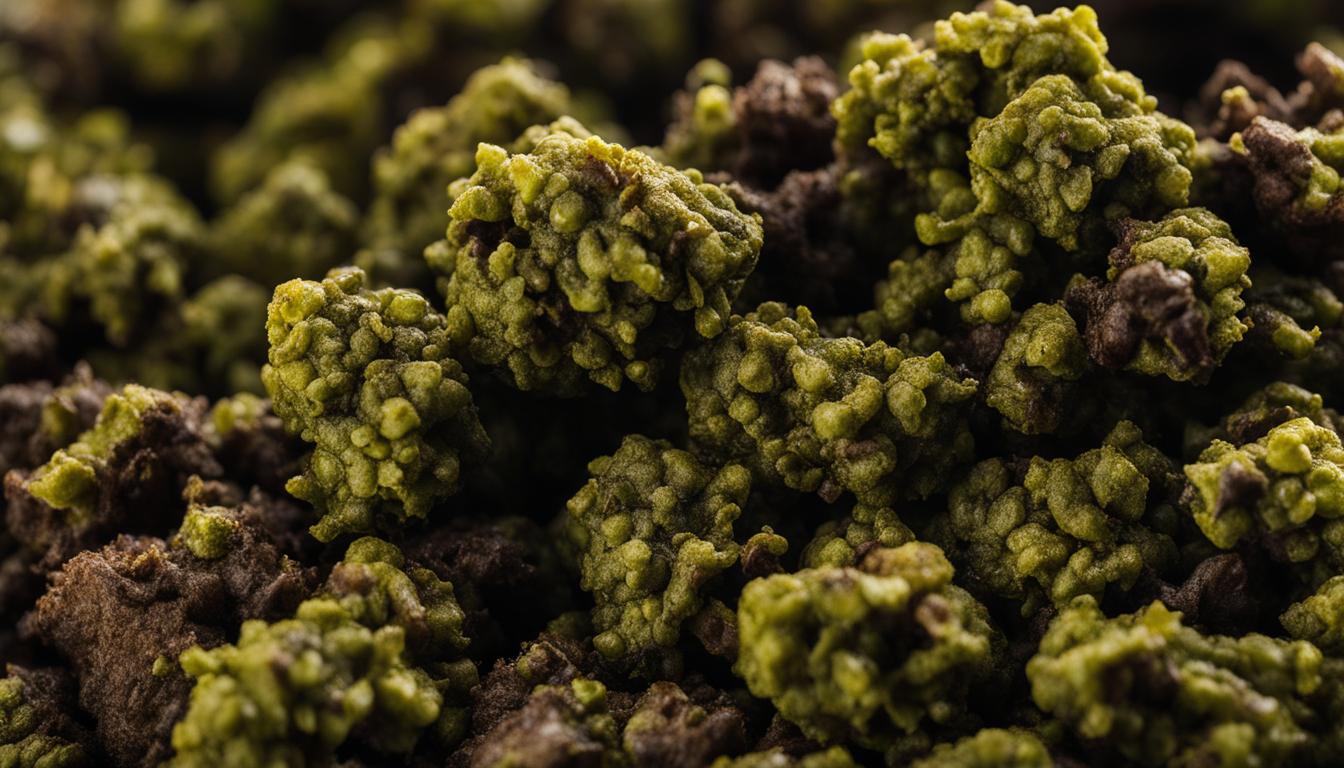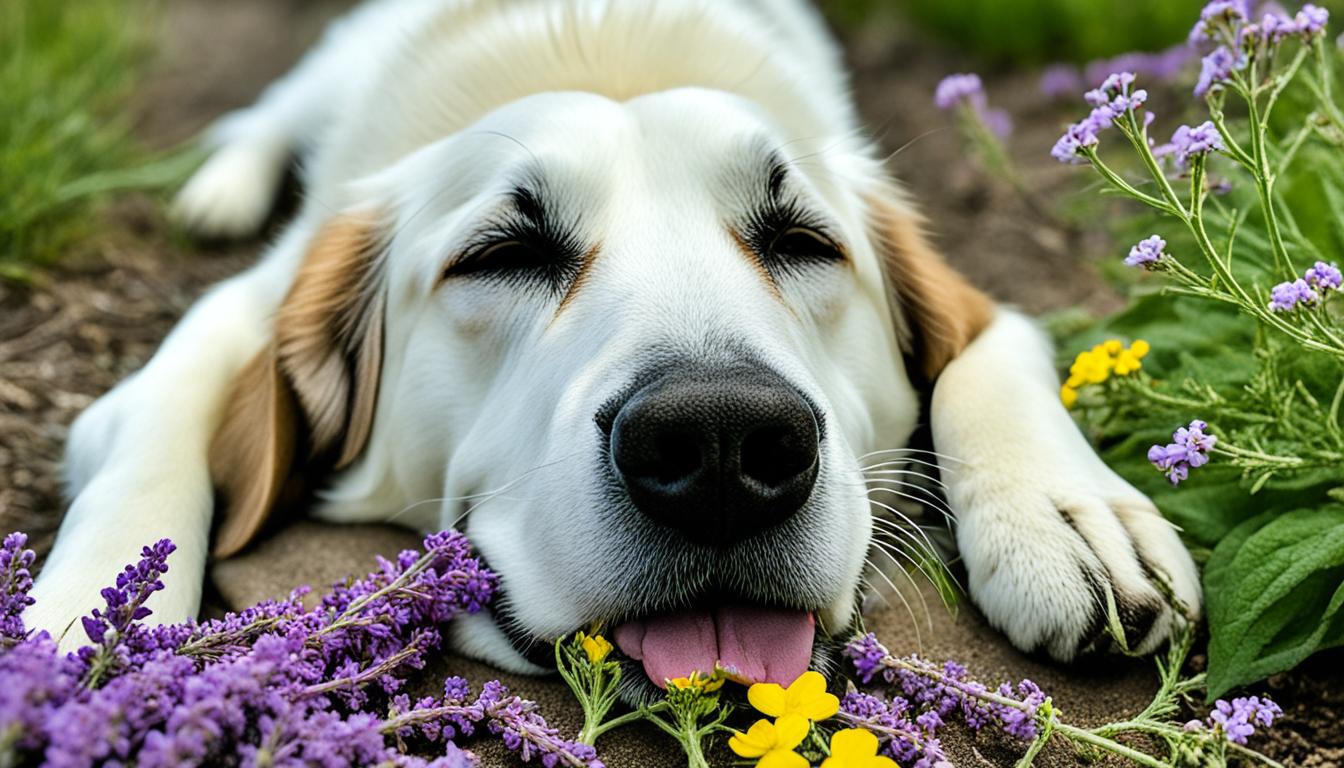Understanding Cat Acne
Cat acne, also known as feline acne, is a common skin condition that affects cats. It is characterized by the production of excess keratin in the hair follicles on a cat’s chin, leading to plugged follicles, red bumps, blackheads, and infected pimple-like lesions. In severe cases, these plugged follicles can fuse together, forming swollen, painful crusts that are more prone to rupture.
Definition and Symptoms
Cat acne is not believed to be related to sex hormones and can affect cats of all ages, breeds, and both neutered and unneutered cats. It is commonly observed on the chin, although it can also appear on the lips, lower lip folds, and other areas of the face. The symptoms of cat acne may include:
- Red bumps on the chin
- Blackheads (comedones)
- Pimple-like lesions
- Crusts or scabs
- Itching or discomfort
- Infections or abscesses if the lesions rupture
If you notice any of these symptoms on your cat’s chin or face, it is important to consult with a veterinarian for proper diagnosis and treatment.
Causes of Cat Acne
The exact causes of cat acne are not fully understood, but several factors have been associated with its development. These factors include poor grooming, excessive sebum (oil) and keratin production, and issues with the skin’s immune-barrier function (PetMD). When these factors are present, the hair follicles become blocked, leading to infection and the formation of acne lesions.
While the underlying cause of cat acne may vary from cat to cat, certain environmental factors can contribute to its development. Cats that eat or drink from plastic food bowls may be at a higher risk of developing cat acne due to a potential plastic allergy. Switching to stainless steel or ceramic bowls can help reduce the occurrence of acne breakouts.
It’s important to note that cat acne can resemble other skin conditions, such as mange or skin tumors. Diagnosis of cat acne is typically made by veterinarians through physical exams, review of the cat’s medical history, and ruling out other potential causes. In some cases, skin scrapings and microscopic examination may be necessary to confirm the diagnosis (PetMD).
Understanding the definition, symptoms, and causes of cat acne is the first step in addressing this common skin condition in cats. In the following sections, we will explore the diagnosis, treatment, prevention, and management of cat acne to ensure the health and well-being of your feline companion.
Diagnosis and Treatment
When it comes to cat acne, a proper diagnosis from a veterinarian is essential to determine the underlying cause and provide appropriate treatment. Let’s delve into the diagnosis process and the various treatment options available for managing cat acne.
Veterinary Diagnosis
Veterinarians diagnose cat acne through a combination of physical examination, review of the cat’s medical history, and the process of elimination to rule out other potential skin conditions. In some cases, skin scrapings and microscopic examination may be necessary to eliminate other possible causes, such as mange or skin tumors (PetMD). For feline chin acne specifically, diagnosis is typically based on medical history and clinical signs. However, additional tests such as blood and urine tests, skin cultures, skin cytology, and biopsies may be required to rule out other conditions like cancer or immune-mediated diseases (VCA Canada).
Treatment Options
Treating cat acne involves a combination of approaches to alleviate symptoms, promote healing, and prevent future breakouts. Here are some common treatment options:
- Improved Hygiene: Switching plastic food or water bowls to stainless steel can help reduce the occurrence of cat acne. Regularly cleaning the cat’s chin area with a gentle, non-irritating cleanser can also help maintain cleanliness and prevent clogged pores.
- Topical Treatment: Topical treatments may include the use of benzoyl peroxide facial preparations or anti-seborrheic shampoos to cleanse the affected area and reduce inflammation. These treatments can help remove excess oil and bacteria, promoting healing and preventing further breakouts.
- Oral or Injectable Antibiotics: In more severe cases or when infection is present, veterinarians may prescribe oral or injectable antibiotics to combat bacterial overgrowth and reduce inflammation.
- Supportive Care: Providing supportive care is crucial in managing cat acne. This may involve dietary changes, such as incorporating fatty acid supplements to promote skin health. Additionally, maintaining a clean environment, free from potential irritants and allergens, can contribute to the overall well-being of the cat.
It’s important to note that treatment plans may vary depending on the severity of the condition and individual cat’s needs. Your veterinarian will assess the specific situation and recommend the most appropriate course of action. For more detailed information on cat acne treatment, refer to our comprehensive guide on cat acne treatment.
By following the recommended treatment options and maintaining good hygiene practices, cat owners can effectively manage and mitigate the effects of cat acne. Regular veterinary check-ups and proactive skincare routines are essential for long-term management and the overall health of your feline companion.
Preventing Cat Acne
Preventing cat acne is essential to ensure the well-being of your feline companion. By implementing proper hygiene practices and making certain environmental changes, you can help minimize the occurrence of this skin condition.
Hygiene Practices
Maintaining good hygiene practices is key to preventing cat acne. Here are some tips to keep in mind:
-
Use non-plastic food and water bowls: Plastic bowls can harbor bacteria, leading to the development of acne. Opt for stainless steel or ceramic bowls that are easier to clean and less likely to trap bacteria.
-
Keep the chin area clean: Regularly clean your cat’s chin using a mild, cat-friendly cleanser or a warm, damp cloth. This helps remove excess oil, dirt, and debris that can contribute to the formation of acne. Be gentle during cleaning to avoid irritating the skin (PetMD).
-
Monitor for signs of pimples or blackheads: Regularly inspect your cat’s chin area for any signs of acne, such as pimples or blackheads. Early detection allows for prompt treatment and helps prevent the condition from worsening (PetMD).
-
Clipping nearby fur: If your cat has long hair, consider trimming the fur around the chin area. This reduces the amount of bacteria and oil that can become trapped, contributing to the development of acne.
Environmental Changes
Making certain environmental changes can also play a role in preventing cat acne. Consider the following:
-
Change food dishes and water bowls: Regularly clean and replace your cat’s food and water dishes to prevent the buildup of bacteria. Opt for non-plastic bowls that are easier to clean and less likely to harbor bacteria (WebMD).
-
Maintain a clean living environment: Regularly clean your cat’s bedding, toys, and other items to reduce the presence of allergens, dust, and bacteria that can contribute to skin issues. A clean environment promotes overall skin health and reduces the risk of acne development (WebMD).
By implementing proper hygiene practices and making environmental changes, you can significantly reduce the risk of cat acne. However, if your cat does develop acne, it’s important to seek veterinary guidance for appropriate cat acne treatment options. Remember, prevention is always better than cure when it comes to maintaining your cat’s skin health.
Managing Cat Acne
When it comes to managing cat acne, a combination of proper hygiene maintenance and supportive care is essential to keep your feline friend comfortable and minimize breakouts. Here are two key aspects of managing cat acne: hygiene maintenance and medication/supportive care.
Hygiene Maintenance
Improving hygiene practices is crucial in managing cat acne. Regular cleaning and hygiene routines can help prevent and reduce breakouts. Here are some hygiene maintenance tips to consider:
-
Washing the cat’s face: Gently wash your cat’s face using a mild, cat-safe cleanser or warm water. This can help remove excess oils and debris that can contribute to acne. Be sure to use a cleanser specifically formulated for cats to avoid irritation.
-
Wiping the cat’s chin: Wipe your cat’s chin area with a damp cloth or cat-safe wipes. This helps remove any accumulated dirt or bacteria that may contribute to acne. Avoid using harsh products or excessive force while wiping, as this can irritate the skin.
-
Cleaning water and food dishes: Regularly clean your cat’s water and food dishes to prevent bacterial buildup. Switching to stainless steel, glass, or ceramic dishes can also aid in prevention, as plastic bowls may harbor bacteria (PetMD). For more information on preventing cat acne, visit our article on how to get rid of cat acne.
Medication and Supportive Care
In some cases, medication and supportive care may be necessary to manage cat acne effectively. Here are some options to consider:
-
Topical treatments: Topical treatments, such as mupirocin, shampoos, or wipes, can be used to help manage cat acne. However, cats may tend to lick off whatever is applied to their skin, so the effectiveness of topical treatments may vary. If topical products show promise in reducing acne outbreaks, their use can be gradually reduced over time.
-
Oral or injectable antibiotics: In more severe cases of cat acne, oral or injectable antibiotics may be prescribed by a veterinarian. These antibiotics help combat bacteria and reduce inflammation. The duration of antibiotic therapy may typically range from four to six weeks.
-
Maintenance cleansing and gentle scrubbing: Regular maintenance cleansing with gentle scrubbing can help manage cat acne. Using benzoyl peroxide facial wipes and clipping nearby fur can also aid in preventing further breakouts (PetMD).
Remember, it’s crucial to consult with a veterinarian for an accurate diagnosis and appropriate treatment plan for your cat’s specific case of acne. They can provide guidance on the best approach to managing cat acne based on the severity and individual needs of your furry companion.
By maintaining proper hygiene practices and providing necessary medication or supportive care, you can effectively manage cat acne and improve your cat’s overall skin health.
Prognosis and Outlook
When it comes to cat acne, the prognosis is generally good, and the condition is not usually a significant threat to a cat’s overall health. Most cases of cat acne are relatively harmless and respond well to improved hygiene practices. While it may cause some discomfort or cosmetic concerns, it is typically a superficial problem that can be managed effectively.
Impact on Cat’s Health
Cat acne is primarily a cosmetic issue and does not typically have a significant impact on a cat’s health. The condition is characterized by the appearance of blackheads, whiteheads, or pustules on the chin or other areas of the face. In some cases, the acne may be mild and go unnoticed, while in others, it may be more pronounced. While it may cause mild itching or irritation, it rarely leads to more serious complications.
The exact cause of cat acne is not fully understood, but it is believed to be associated with a combination of factors, including overactive sebaceous glands, bacterial overgrowth, and poor hygiene. Stress and hormonal imbalances may also contribute to the development of acne in some cats.
Long-Term Management
Managing cat acne involves a combination of hygiene practices and, in some cases, medication. Improving hygiene is key to preventing and managing cat acne. This includes regularly washing your cat’s face, wiping its chin to remove excess dirt and oil, and cleaning food and water dishes more frequently. Additionally, replacing plastic food and water bowls with glass or stainless steel can help minimize the accumulation of bacteria.
In mild cases, improved hygiene alone may be sufficient to control the condition. However, more severe or persistent cases may require additional treatment. This can include the use of benzoyl peroxide facial preparations, anti-seborrheic shampoos, or antibiotic ointments. In some instances, oral antibiotics, corticosteroids, or isotretinoin may be prescribed for severe or resistant cases of cat acne. It’s important to consult with a veterinarian to determine the most appropriate treatment plan for your cat.
Long-term management of cat acne involves maintaining good hygiene practices and monitoring your cat’s chin for any signs of recurrence. Regularly cleaning the chin area and keeping your cat’s environment clean can help prevent future breakouts. If you have any concerns about your cat’s acne or need guidance on how to get rid of cat acne, consult with your veterinarian for personalized advice and treatment options.
By implementing proper hygiene practices and following the recommended treatment plan, you can effectively manage and control cat acne, ensuring your feline companion remains comfortable and healthy.







